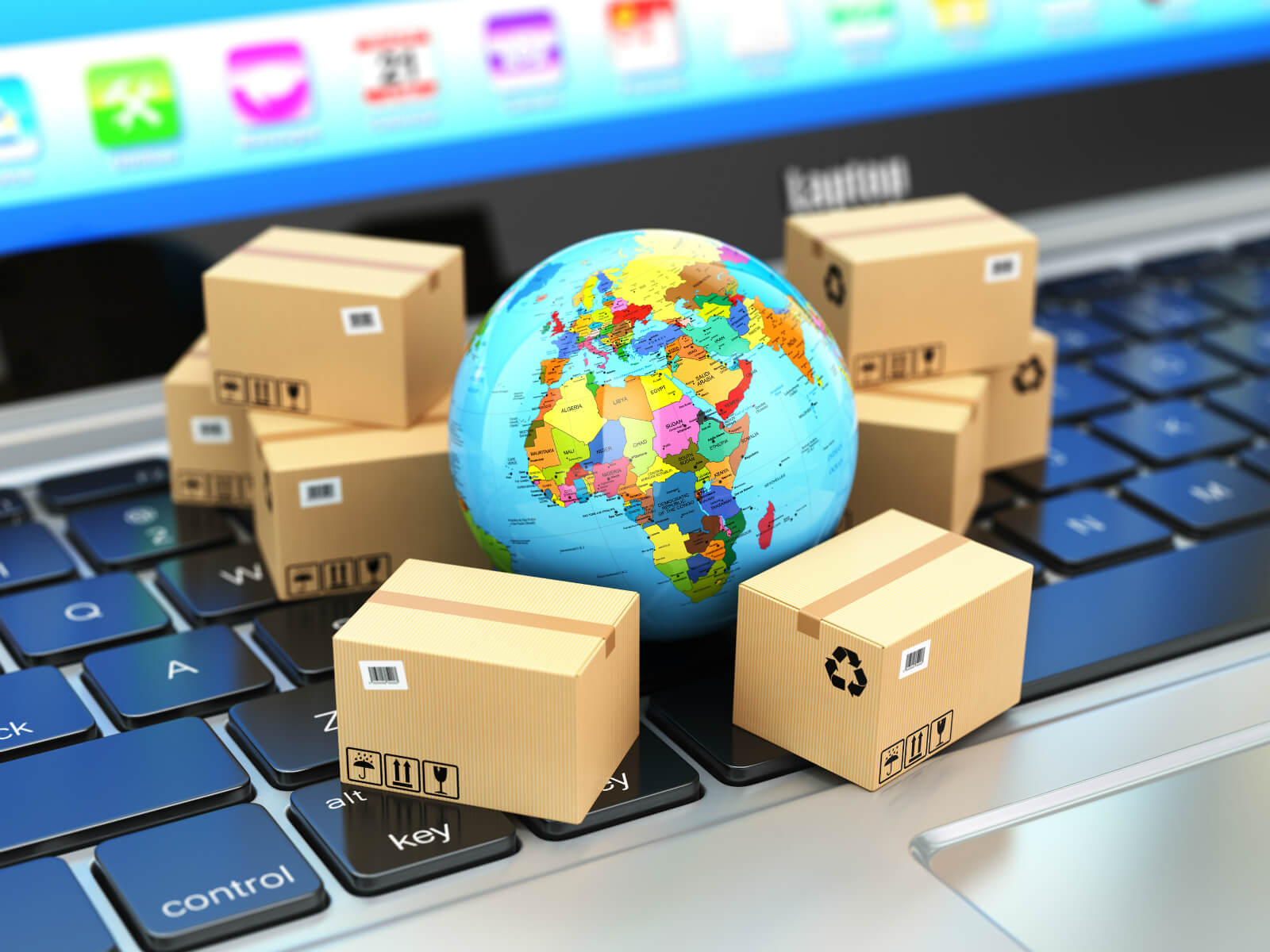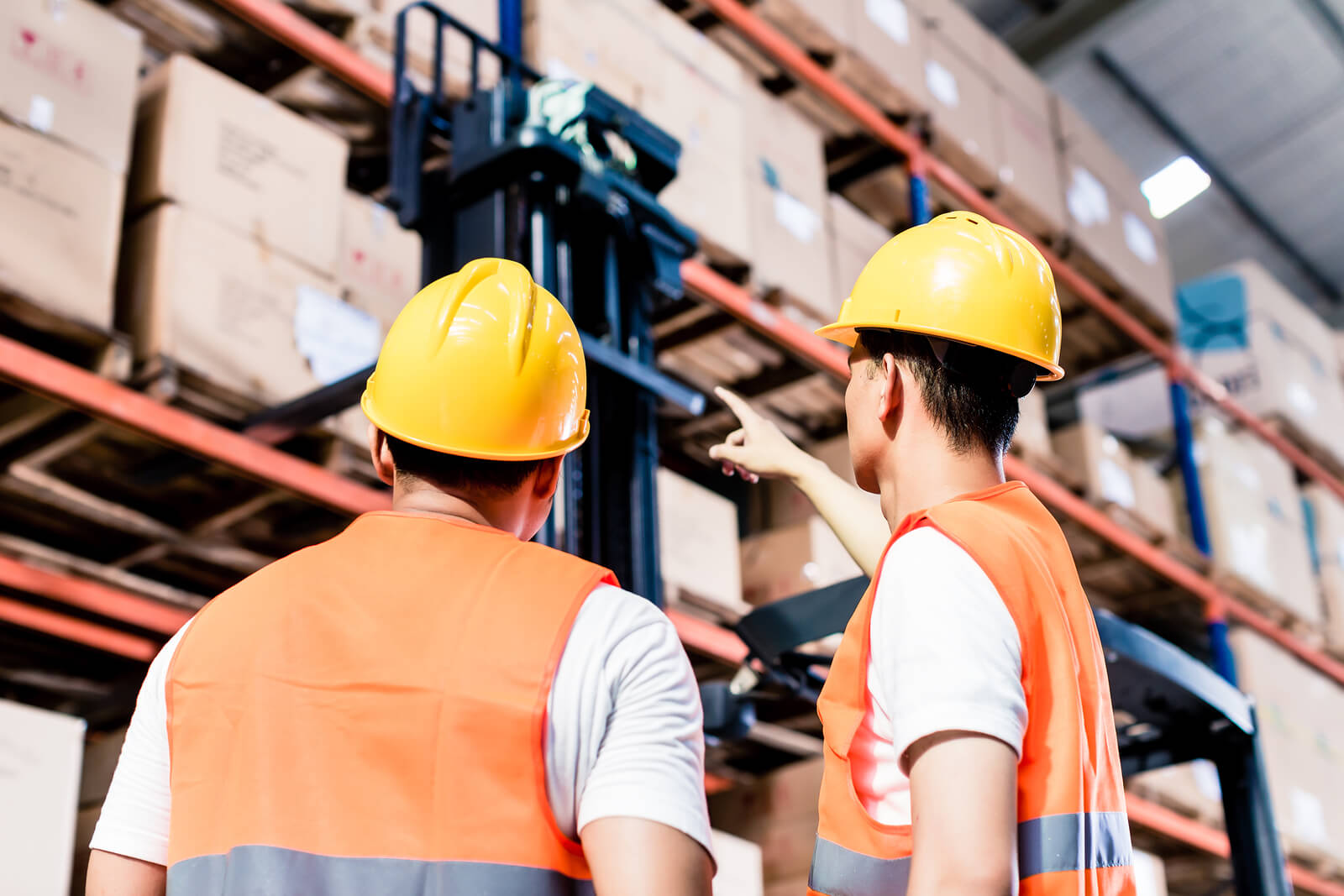Logistics and Supply Chain Trends in 2016
Today, the main purpose of logistics and supply chain services is to provide goods on time, at the right price and location, and, of course, in the proper condition. This involves careful planning, execution and monitoring of the flow of goods.
Times inevitably change and so do trends and market conditions. To match the demands of the global economy, businesses are becoming increasingly dependent on logistics and supply chain services. In turn, modern logistics must respond by implementing new concepts and innovative approaches.

Let’s look at some important trends that will influence the development of logistics and supply chain services in 2016.
Increasing globalization
Markets are increasingly integrating into a unified, global economy, largely due to advances in IT, communications and transport. As one of the most prominent phenomena of the 20th century, globalization has resulted in the reduction of administrative barriers to trade and transportation and communication costs, fragmentation of production processes, emergence of additional markets and access to new raw materials and resources.
One of the ways to access new markets in an era of globalization is through e-commerce. The growth of e-commerce continues to expand and transform retail supply chains. Customers simply prefer the convenience of shopping online and getting things delivered to their home.
They also want to be able to buy and return goods through various channels, instead of the traditional in-store way. This, in turn, requires end-to-end visibility of inventory across the supply chain and ways to track the customers as they switch between channels.
To adjust to these increasing customer demands, retailers will have to implement omnichannel strategies in a profitable way. This could mean charging delivery fees while offering different delivery options, such as delivery to storage lockers or vehicles (parked or moving).
The omnichannel supply chain strategy ensures the product is delivered to the right place, at the right time. In a word, it allows people to choose how, when and where they shop. Needless to say, managing these multiple channels requires reorganization of the supply chain process.
Environmental concerns
When we think of logistics costs, we primarily refer to the costs associated with delivering a product from the source to the destination point. However, as pollution levels grow and toxic waste builds up, we also have to think of the environmental costs. To help preserve our environment and resources, logistics and supply chain companies need to implement technological solutions that make them “greener” and more earth friendly.
In this respect, the concept of green logistics is increasingly gaining momentum. The main objective here is to minimize the ecological impact of logistics and movement of goods by redesigning the supply chain process. This way, the client needs can be met with a minimum impact to the environment.
These protective measures focus on air pollution, waste (including packaging waste), soil degradation, noise, reduction of greenhouse emissions and carbon footprints, recycling and more.
Emphasis on logistics and supply chain risk management and resilience
It’s a prudent business measure to keep constant focus on risk management as a way of responding to potential disruptions in the supply chain. And although companies hope they’ll never actually need a rescue plan, it’s good to have one. Committing time and resources to contingency planning can very well make a difference between staying in business and going under when disaster strikes.

As a result, businesses must take steps to make their supply chains more resilient, flexible and adaptable. Among other things, this includes:
- Multi-tier visibility across the entire supply chain network to provide early warnings about disruptions;
- Continuous collaboration of everyone involved in the supply chain operations, including suppliers and distributors. This allows companies to alternate between suppliers and meet the demand;
- A good response plan as a way of quickly determining what goods have been affected, the location of the goods and, of course, alternative supply options.
Warehouse automation
Unlike traditional warehousing, modern warehouses use sophisticated automation technologies. As a consequence, warehouse automation directly affects the efficiency of the supply chain.
With the ever-increasing popularity of e-commerce and the huge volume of online orders, warehouse management systems, automation and control are experiencing rapid growth. Shuttle systems are continuously improving and becoming more responsive. Mobile autonomous systems have also entered the scene and robotic systems can play a major role in the movement of goods, such as product handling, palletizing and depalletizing.
Supply chain digitization
As most every business is bound to inevitably go digital, it logically affects all aspects of operation, including supply chain management. In other words, in a digital world, companies have to rethink their entire supply chain strategy.
However, rather than just digitally enhancing traditional supply chains, the ideal approach would involve fundamental reinvention and digitalization of the supply chain. And there is a big difference between the two approaches.
The first approach creates a hybrid supply chain where some information is digital, some is hard copy, and some is kept physically away in local centers. In a modern, highly interconnected society, this is not the wisest strategy, as decades-old processes are inherently inefficient.
On the other hand, full digitization can result in a highly connected, intuitive, scalable and fast supply chain network.
When it comes to digitization of the global business landscape, IoT (Internet of things) is gaining a lot of traction. It is slowly emerging as one of the most transformative technologies for the supply chain and transportation industry.
Unlike the “conventional internet”, IoT doesn’t have a human element. It’s basically devices communicating with one another. When put into practical use, IoT can help supply chain professionals to:
- reduce the loss of assets by keeping up-to-date with product issues;
- ensure temperature stability and prevent unnecessary food loss and waste in transit;
- manage warehouse stock and reduce stockout events by monitoring inventory;
- increase fleet efficiency by reducing dead mileage;
- optimize fleet routes and save on fuel by monitoring traffic conditions.

At A&A, we understand the importance of continuous adjustment to emerging trends and changing market circumstances. With over three decades of experience under our belt, you can be sure your business is in safe hands. Our team of specialists has the know-how and expertise to handle all your logistics needs to your complete satisfaction, promptly and skillfully.

